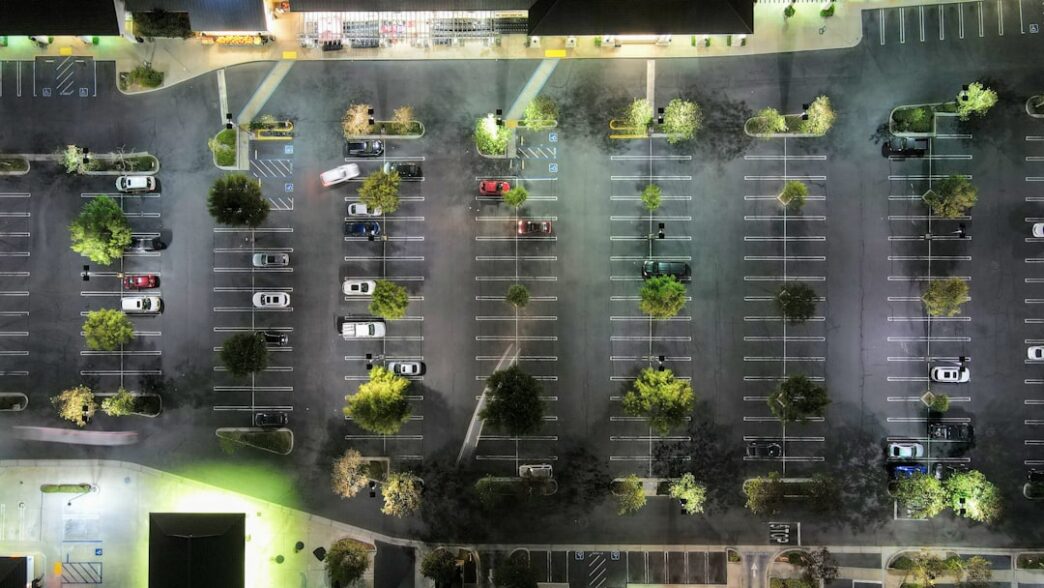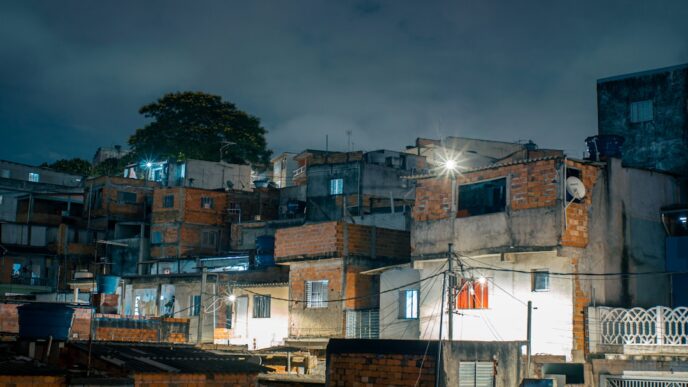In the heart of cities, where concrete and brick dominate, the oft-ignored green spaces are silently shaping economies in profound ways. Recent studies suggest that urban parks and gardens are not merely aesthetic additions but dynamic contributors to local economies, influencing property values, attracting businesses, and providing essential social benefits.
Take the case of New York City, where the High Line—a former elevated railway turned public park—has become a case study in urban revitalization through greenery. Since its opening in 2009, the High Line has spurred over $2 billion in private investment and transformed the surrounding neighborhoods. Local businesses have flourished, and property values have soared, sometimes doubling or tripling in worth. The increase in tax revenue has allowed the city to allocate funds toward public services, benefiting residents across socioeconomic strata, although gentrification remains a contentious issue.
In contrast, cities that neglect their green spaces often witness stark economic disparities. A report from the National Recreation and Park Association indicated that neighborhoods with limited access to parks tend to exhibit higher levels of poverty and lower educational attainment. Without green spaces to foster community interaction and physical activity, these areas face a cycle of decline that can entrench inequality.
The economic benefits of urban green spaces extend beyond property values. For instance, a study by the University of Illinois found that urban parks contribute to job creation in sectors such as tourism, landscaping, and maintenance. In cities like Chicago, parks are not just refuges for leisure but hubs for entrepreneurship, hosting farmers’ markets and cultural festivals that generate vital income for local vendors.
Public policy plays a crucial role in harnessing the economic potential of green spaces. Initiatives like the 30×30 Campaign in the United States advocate for the protection of 30% of land and water by 2030, encouraging municipalities to invest in parks and green areas. Countries such as Singapore have embraced a “City in a Garden” philosophy, integrating greenery into urban planning. This not only enhances the quality of life for residents but also positions Singapore as a leader in sustainable urban development, attracting global investments.
Yet, not all urban green initiatives yield equal benefits. The distribution of parks often reflects existing inequalities, with wealthier neighborhoods enjoying better access to high-quality green spaces. For instance, in Los Angeles, affluent areas such as Westwood have multiple parks within walking distance, while lower-income neighborhoods like South Los Angeles lack sufficient green areas. This disparity has led local policymakers to consider equity-based approaches to urban planning, ensuring that the economic benefits of green spaces are accessible to all residents.
The hidden economic footprint of urban green spaces challenges the narrative that city centers must be purely commercial hubs. They offer a multi-faceted return on investment—enhancing public health, fostering social cohesion, and driving local economies. As urban populations continue to swell, cities that prioritize green infrastructure will not only improve the quality of life for their residents but also build more resilient economies.
In this evolving landscape, understanding the interplay between urban greenery and economic vitality is essential. Cities must recognize that the cultivation of parks and gardens is not a luxury but a necessity. Investing in green spaces today can yield dividends for future generations, creating a more equitable urban environment where all residents can thrive.











